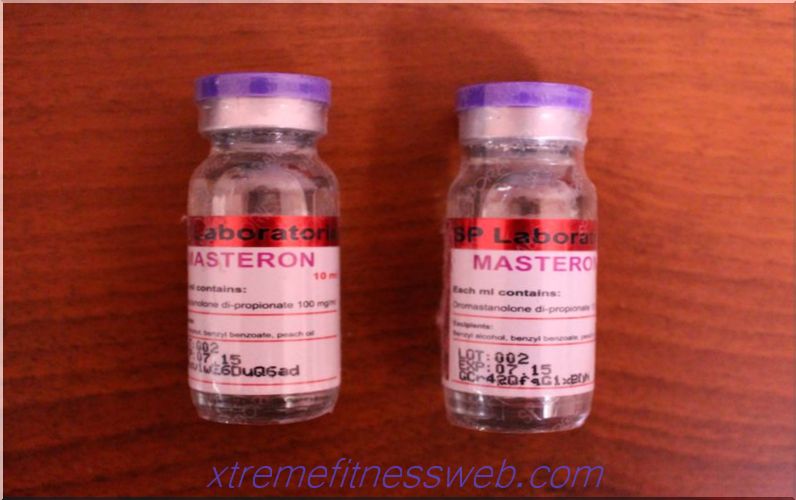
Composing a training program in the gym is a lot easier than it sounds. It is enough to have an idea of the basics of the training process to independently develop a program for muscle gain. The main thing is to understand the basics of what should be an effective weight training, performed in the gym, and how it is composed.
Content
- 1 Factors affecting program design
- 1.1 Programming Recommendations
- 2 Weight training program in the gym
- 2.1 Day 1
- 2.2 Day 2
- 2.3 Day 3 - Rest
Factors Affecting Program Design
- Athlete age
- physiological data;
- absence / presence of injuries, diseases;
- time devoted to training;
- the goal that the athlete has set out to achieve for himself.
Without taking these parameters into account, developing a truly effective program will fail.
Programming Guidelines

Beginning to train in a split program for a beginner who comes to the gym is a completely wrong approach. The reason for this lies in the mechanism of muscle growth, which occurs when the anabolic hormones in the blood are at a high level. The maximum surge is typical for training involving a large number of muscle groups. And the more they are involved in the work, the better for the beginner.
Split training is aimed at bodybuilders who actively take anabolic steroids. The drugs of this group increase the concentration of anabolic hormones, which allows the athlete to train according to the program with the involvement of a particular muscle group. Novices who cannot work out absolutely the whole body for a workout cannot afford this. Train all muscle groups in two classes can only those athletes who visit the gym on a regular basis for at least a year.
Professional athletes believe that maximum muscle gain can be achieved in cases when the same group trains once every three days. This must be taken into account when developing the program. It is recommended that you include the most effective exercises in your workout. Basic training is considered the best for stimulating muscle growth.
Therefore, the athlete must necessarily squat with a barbell, perform army presses and lying down, pull the barbell in an inclination to the chin, do deadlift. Do not neglect the exercises for working out small groups, which are conditionally basic - hammers and lifting the bar to work out the biceps, French presses and with a narrow grip.
To summarize, the preparation of a training program for muscle growth is based on three fundamental principles:
- The inclusion of as many muscle groups as possible. It is better to work out three groups for training, so that in two classes to train the whole body.
- Work on the same muscle group should be no more than once every three days.
- Focus on basic training. Isolated exercises are best done as a final exercise for pumping.
Based on these data, you can make the best option for the program.
Weight Training Program
It is designed for three days, the last of which is devoted to rest.
Day 1
(back + front deltas + biceps):
- Wide grip pull-ups (3-4 x 8-12);
- Inclined rod pull (3-4 x 8-12);
- Barbell lift for biceps (3-4 x 8-12);
- Hammers for biceps (3-4 x 8-12);
- Bench press standing (3-4 x 8-12);
- Dumbbell bench press (3-4 x 8-12).
Day 2
(legs + chest + triceps + back deltas):
- Squats with a barbell (3-4 x 15-20);
- Deadlift (3-4 x 15-20)
- Bench press lying (3-4 x 8-12);
- Push-ups on parallel bars with extra weight (3 x 8-12);
- Wiring with dumbbells on a horizontal bench (3 x 8-12);
- Breeding dumbbells on the sides for deltas (3-4 x 8-12).
Day 3 - Rest
The total number of workouts is four times a week. Each muscle group is worked out every three days, and 3-4 groups are involved in each training session.







